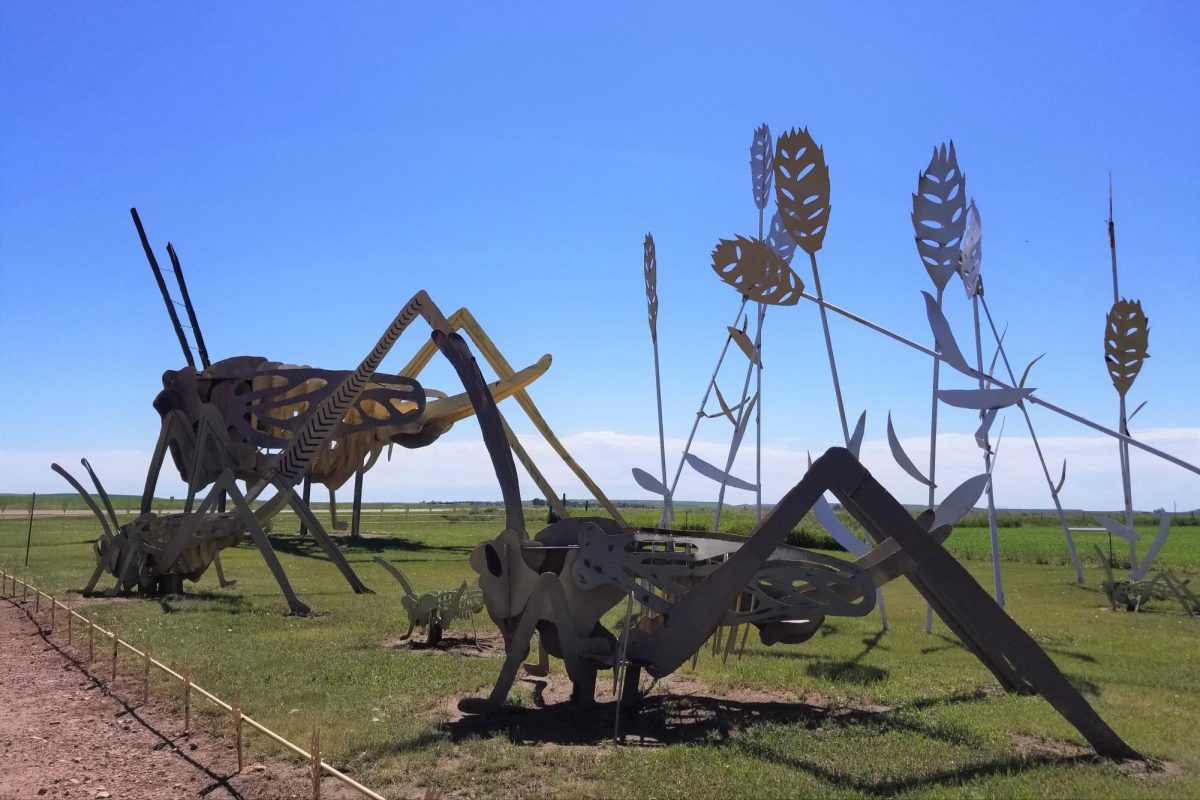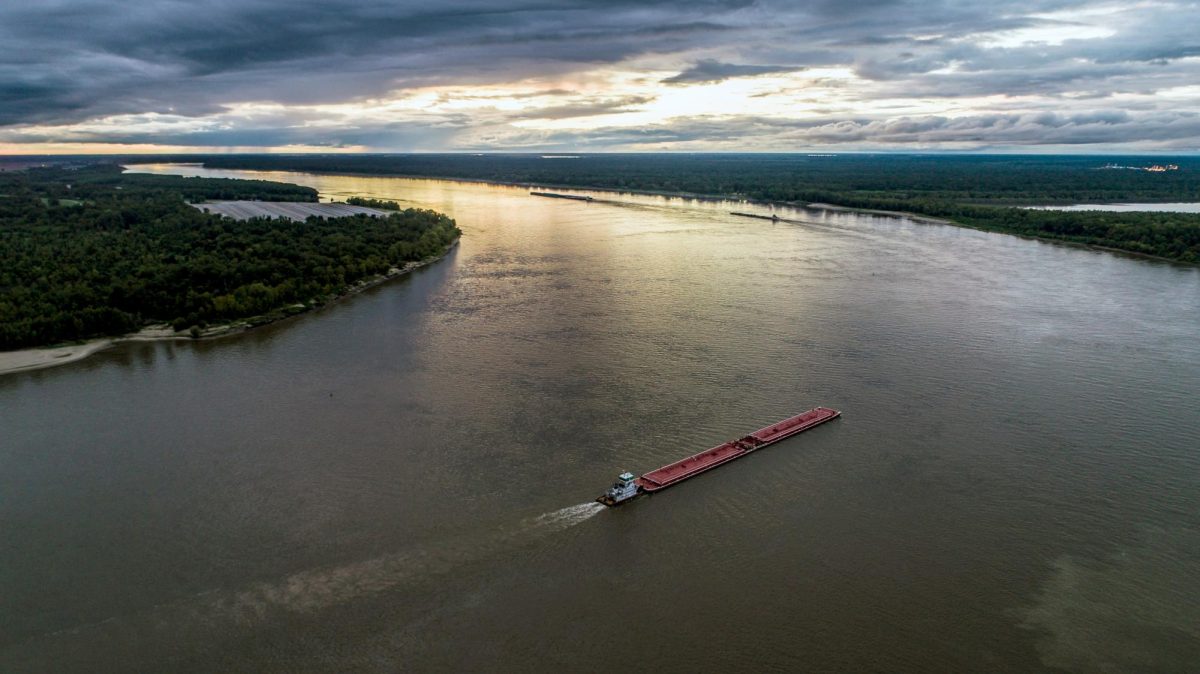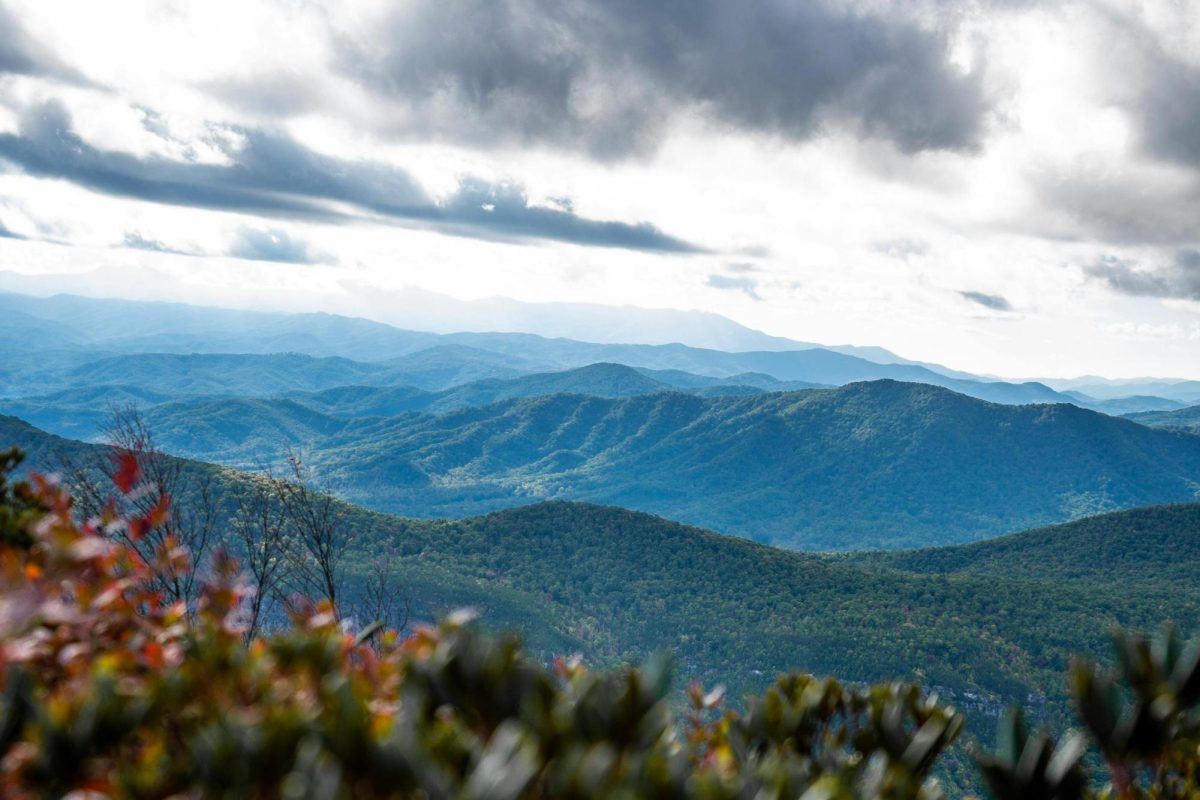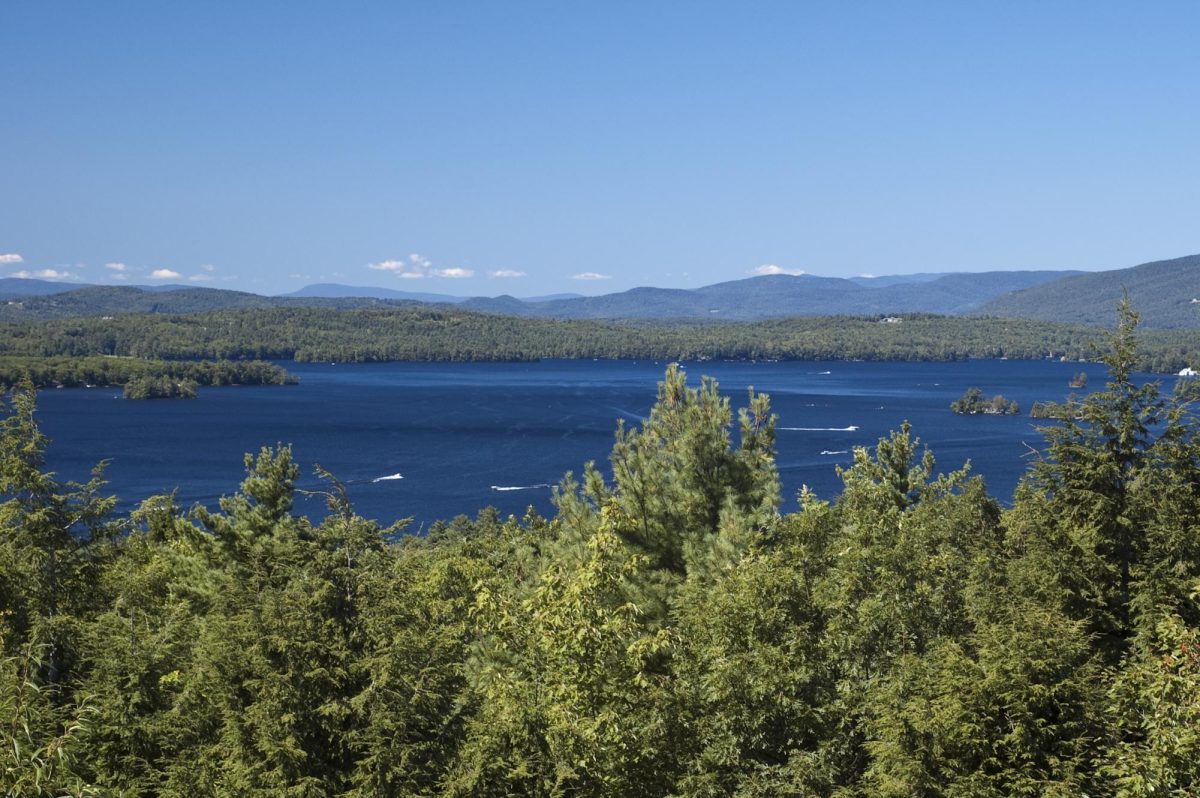Here are 100 interesting facts about the Peace Garden State.
Our 100 lists of 100
1. North Dakota earned the nickname “Peace Garden State” due to the International Peace Garden on its border with Canada.
2. It became the 39th state on November 2, 1889.
3. The capital is Bismarck, nestled along the scenic Missouri River.
4. Fargo, the largest city, is renowned for its friendly community and vibrant arts scene.
5. The state flag bears a bald eagle and thirteen stars, symbolizing its entry into the Union.
6. North Dakota’s official state beverage is milk, celebrating its strong agricultural roots.
7. Theodore Roosevelt National Park honors the conservation legacy of the 26th president, who had a ranch in the state.
8. Devils Lake, the largest natural body of water in the state, is known for its fluctuating water levels.
9. North Dakota is one of the leading producers of sunflowers in the United States.
10. The enchanted Enchanted Highway features giant metal sculptures along a stretch of road in the state.
11. Minot is home to the North Dakota State Fair, a lively celebration of agriculture, music, and entertainment.
12. The Garrison Dam created Lake Sakakawea, the third-largest man-made reservoir in the U.S.
13. North Dakota State University’s Bison football team has achieved multiple national championships.
14. The Red River, forming part of the eastern border, is one of the few rivers flowing northward.
15. The International Peace Garden spans over 2,300 acres, symbolizing the enduring friendship between the U.S. and Canada.
16. Rugby claims to be the geographical center of North America, marked by a stone monument.
17. The state’s badlands, shaped by erosion, provide a captivating backdrop in Theodore Roosevelt National Park.
18. North Dakota’s official state fish is the northern pike.
19. The state’s high school hockey tournaments draw passionate crowds, reflecting the love for the sport.
20. The Maah Daah Hey Trail offers breathtaking views, winding through the Badlands and grasslands.
21. The Fargo Theatre, with its iconic marquee, is a historic venue hosting various cultural events.
22. North Dakota State University’s research in agriculture contributes significantly to global food security.
23. The Little Missouri River carves its way through the Badlands, creating a rugged and picturesque landscape.
24. The Scandinavian Heritage Park in Minot showcases the cultural influence of early settlers.
25. North Dakota’s Capitol Building in Bismarck stands as an architectural masterpiece, adorned with stunning murals.
26. The Pembina Gorge, with its diverse flora and fauna, is a haven for outdoor enthusiasts.
27. North Dakota is part of the Central Flyway, attracting birdwatchers to witness migratory patterns.
28. The Northern Lights, or aurora borealis, are visible in the state’s dark skies, captivating stargazers.
29. The Red River Valley is renowned for its fertile soil, supporting robust agricultural practices.
30. Jamestown hosts the World’s Largest Buffalo Monument, a colossal sculpture standing proudly.
31. The state’s official state fruit is the chokecherry, commonly used in traditional recipes.
32. North Dakota’s historic Bonanzaville in West Fargo replicates a pioneer village, preserving local heritage.
33. Rugby, the geographical center, has a monument marking the exact spot with coordinates.
34. The Missouri-Yellowstone Confluence Interpretive Center explores the significance of these two mighty rivers.
35. The Sheyenne River Valley Scenic Byway showcases stunning landscapes and charming small towns.
36. Fort Union Trading Post National Historic Site illustrates the fur trade era’s impact on the region.
37. The Red River Zoo in Fargo highlights the diverse ecosystems and wildlife of North Dakota.
38. The International Peace Garden spans over 2,300 acres, symbolizing the enduring friendship between the U.S. and Canada.
39. North Dakota’s official state song is “North Dakota Hymn.”
40. The Grand Forks Greenway provides a picturesque trail along the Red River, ideal for outdoor recreation.
41. The Lewis and Clark Interpretive Center in Washburn delves into the famous explorers’ journey through the state.
42. The Great River Road along the western border offers stunning views of the Missouri River.
43. North Dakota’s official state horse is the Nokota horse, descended from Lakota Sioux ponies.
44. The Pembina State Museum in Pembina showcases artifacts from Native American and early settler history.
45. Fort Abraham Lincoln State Park preserves the historic On-A-Slant Indian Village and Custer’s home.
46. North Dakota State University’s Wallman Wellness Center promotes health and fitness for the community.
47. The state’s official state grass is western wheatgrass, reflecting its importance in agriculture.
48. The Mandan, Hidatsa, and Arikara Nation’s Three Affiliated Tribes have a significant cultural presence.
49. The Red River Valley Fair in West Fargo is a lively annual event with rides, exhibits, and entertainment.
50. The Fargo-Moorhead Symphony Orchestra enriches the cultural landscape with classical music performances.
51. Garrison Dam National Fish Hatchery plays a vital role in preserving native fish populations.
52. The North Dakota Museum of Art in Grand Forks showcases contemporary and regional art.
53. The Sheyenne River, known as the “Valley City” river, meanders through scenic landscapes.
54. The state’s official state fossil is the teredo petrified wood, found in the badlands.
55. The Minot Air Force Base houses a squadron of Minuteman III intercontinental ballistic missiles.
56. The North Dakota Cowboy Hall of Fame in Medora honors the state’s ranching and rodeo heritage.
57. The Fargo Air Museum exhibits a diverse collection of vintage aircraft and aviation artifacts.
58. The state’s official state instrument is the fiddle, reflecting its significance in traditional music.
59. Fort Buford State Historic Site near Williston preserves a 19th-century military post.
60. The Chahinkapa Zoo in Wahpeton showcases over 200 animals and provides educational programs.
61. The Knife River Indian Villages National Historic Site explores the life of the Mandan and Hidatsa tribes.
62. North Dakota’s official state march is the “Flickertail March.”
63. The Jamestown Reservoir offers fishing, boating, and recreational opportunities in a scenic setting.
64. The Prairie Village Museum in Rugby portrays pioneer life with over 20 historic buildings.
65. The Lewis and Clark State Park on Lake Sakakawea provides camping, fishing, and water activities.
66. North Dakota’s official state dance is the square dance.
67. The State Historical Society of North Dakota in Bismarck preserves and interprets the state’s history.
68. The Little Missouri National Grassland is one of the largest grasslands in the U.S.
69. The North Dakota State Railroad Museum in Mandan celebrates the state’s railroading history.
70. The state’s official state fruit is the chokecherry, commonly used in traditional recipes.
71. Fort Stevenson State Park offers camping, hiking, and water recreation along Lake Sakakawea.
72. The Garrison Dam, constructed in the 1950s, provides hydroelectric power and flood control.
73. North Dakota’s official state march is the “Flickertail March.”
74. The Prairie Village Museum in Rugby portrays pioneer life with over 20 historic buildings.
75. The Lewis and Clark State Park on Lake Sakakawea provides camping, fishing, and water activities.
76. North Dakota’s official state dance is the square dance.
77. The State Historical Society of North Dakota in Bismarck preserves and interprets the state’s history.
78. The Little Missouri National Grassland is one of the largest grasslands in the U.S.
79. The North Dakota State Railroad Museum in Mandan celebrates the state’s railroading history.
80. The North Dakota Cowboy Hall of Fame in Medora honors the state’s ranching and rodeo heritage.
81. The Fargo Air Museum exhibits a diverse collection of vintage aircraft and aviation artifacts.
82. The Fort Union Trading Post National Historic Site explores the fur trade era’s impact on the region.
83. The Lewis and Clark Interpretive Center in Washburn delves into the famous explorers’ journey through the state.
84. North Dakota’s official state fish is the northern pike.
85. The International Peace Garden spans over 2,300 acres, symbolizing the enduring friendship between the U.S. and Canada.
86. The Red River Valley Fair in West Fargo is a lively annual event with rides, exhibits, and entertainment.
87. The Fargo-Moorhead Symphony Orchestra enriches the cultural landscape with classical music performances.
88. Garrison Dam National Fish Hatchery plays a vital role in preserving native fish populations.
89. The North Dakota Museum of Art in Grand Forks showcases contemporary and regional art.
90. The Fargo Theatre, with its iconic marquee, is a historic venue hosting various cultural events.
91. The Great River Road along the western border offers stunning views of the Missouri River.
92. The Northern Lights, or aurora borealis, are visible in the state’s dark skies, captivating stargazers.
93. The Red River Valley is renowned for its fertile soil, supporting robust agricultural practices.
94. Jamestown hosts the World’s Largest Buffalo Monument, a colossal sculpture standing proudly.
95. The state’s badlands, shaped by erosion, provide a captivating backdrop in Theodore Roosevelt National Park.
96. North Dakota State University’s Bison football team has achieved multiple national championships.
97. The Sheyenne River Valley Scenic Byway showcases stunning landscapes and charming small towns.
98. Fort Abraham Lincoln State Park preserves the historic On-A-Slant Indian Village and Custer’s home.
99. The Pembina Gorge, with its diverse flora and fauna, is a haven for outdoor enthusiasts.
100. The enchanted Enchanted Highway features giant metal sculptures along a stretch of road in the state.








